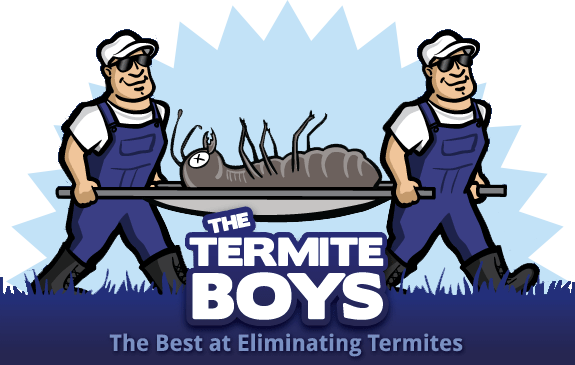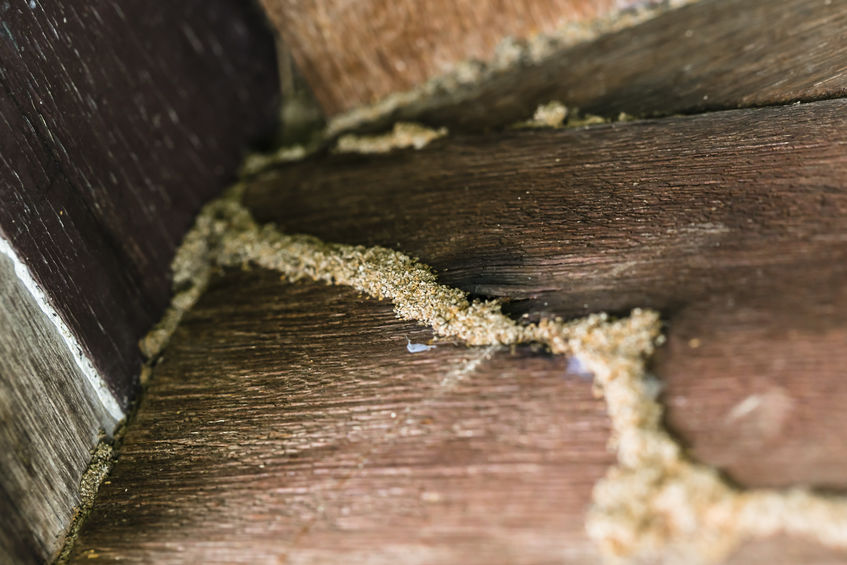Every year in the United States, subterranean termites inflict more than three billion dollars in structural damages to homes and buildings, and this figure does not include termite control costs. Several subterranean termite species are structural pests in the country, but the eastern subterranean termite (Reticulitermes flavipes) is the most widespread, as their habitat range includes all states east of the Mississippi River, as well as most states west of the Mississippi. By virtue of being the most widespread termite species, the eastern subterranean termite is also the most destructive and economically costly termite pest in the country.
Unlike drywood and dampwood termite pests that inhabit the western and southernmost US states, subterranean termites dwell within moist ground soil where colonies grow to contain hundreds of thousands, or even as many as one million individuals within a span of five to ten years. Workers constantly tunnel through soil in search of decayed wood, which they feed to their soldier, nymphal, and royal nestmates upon returning to the primary nesting site. Only workers infest wood, and they readily infest structural wood, wood siding, patios, fences, and wooden posts that are in contact with soil. In order to avoid fatal dissociation, subterranean termites must remain within moist soil conditions where the relative humidity exceeds 95 percent, and workers cannot survive in wood items that have a moisture content less than 15 percent.
In spite of their moisture needs, workers are able to access above ground substructural wood in homes by using a hardening mix of soil, saliva, feces, and bits of wood to construct hollow and airtight mud tubes that protrude from the ground where they connect to wood components. Mud tubes are frequently found on the exterior foundation walls of homes where they penetrate narrow cracks in concrete or brick masonry, but they may also be hidden within crawl spaces. These mud tubes are greyish-brown in color and around the same width as a standard pencil, and their presence on a structure indicates that an infestation has been established, and a professional wood-destroying insect pest inspection should be conducted. However, given the rate at which workers consume wood, very little structural damage occurs during the first six months following the construction of mud tubes, but waiting more than a year to remedy eliminate an infestation may result in damage that requires important substructural components to be replaced.
Have you ever failed to address subterranean termite mud tubes found on the foundation wall/s of your home?

